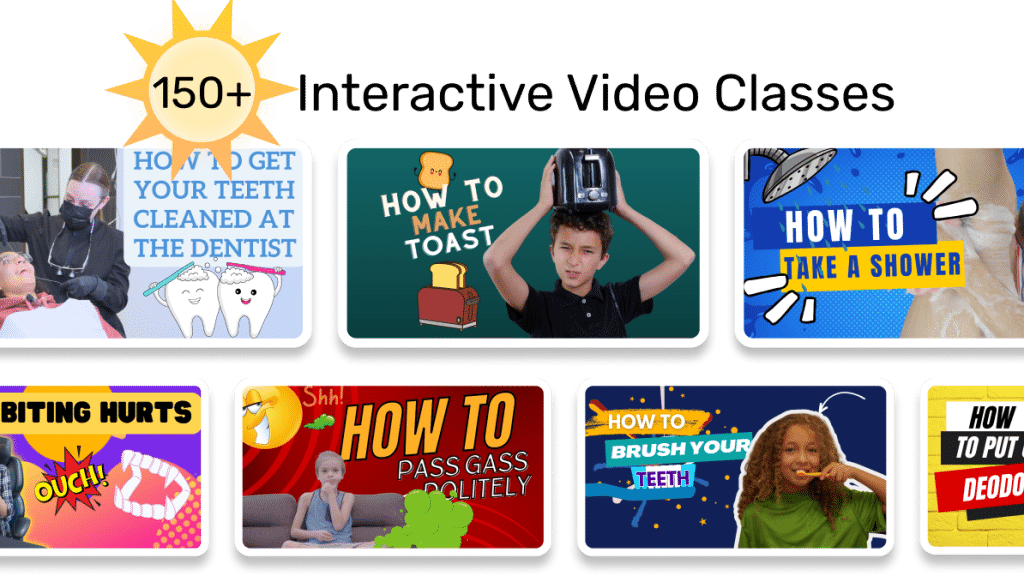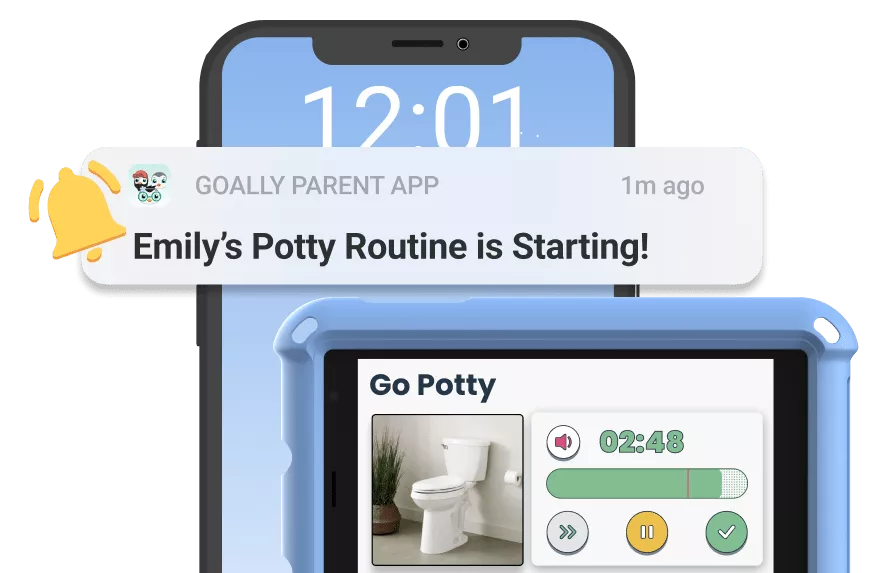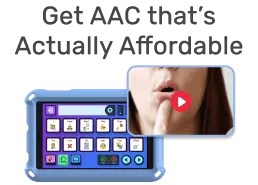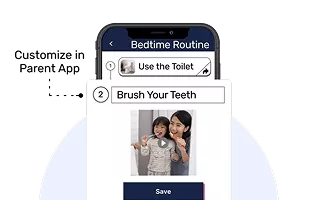As someone who works closely with children, understanding the signs of emotional attachment is crucial for fostering supportive and nurturing relationships. Recognizing these signs in kids with thinking and learning differences is essential for their emotional and social growth. In this article, I aim to provide parents with valuable insights into five key indicators of emotional attachment, empowering you to connect more deeply with your child. By being aware of these signs, you can better support your child’s unique needs and promote their overall well-being.
Table of Contents
1. Consistent Eye Contact
Eye contact is a fundamental aspect of communication and connection. For neurodivergent kids, maintaining eye contact can be challenging, but when they do, it’s a strong indicator of emotional attachment. Observe how your child looks at you during conversations or playtime, and notice if they’re making a genuine effort to maintain eye contact.
Key Points:
- Eye contact is crucial for communication and connection.
- Neurodivergent kids may struggle with eye contact, but it’s a sign of emotional attachment when they do.
- Observe your child’s eye contact during conversations and playtime.

Read more: Can Attachment Styles Change in Kids?
2. Seeking Comfort and Reassurance
When kids with thinking and learning differences feel safe and secure, they’re more likely to seek comfort and reassurance from their caregivers. This can manifest in various ways, such as asking for hugs, your kid wants you to hold them all the time, or seeking guidance in challenging situations. Goally can be a helpful tool in providing structure and support for your child, fostering a sense of security.
Key Points:
- Emotionally attached kids seek comfort and reassurance from caregivers.
- Manifestations include asking for hugs, holding onto you, or seeking guidance.
- Creating a safe and secure environment encourages emotional attachment.
3. Sharing Emotions and Vulnerability
A crucial indication of emotional attachment is when children are at ease conveying their feelings and vulnerabilities to their caregivers, symbolizing trust and a profound connection. Encourage your child to convey their emotions and attentively acknowledge their feelings. Apps provided by Goally can support communication and emotional expression for children with cognitive and learning variations.
Key Points:
- Sharing emotions and vulnerability is a sign of emotional attachment.
- Openness indicates trust and a strong bond between child and caregiver.
- Encourage your child to express their feelings and validate their emotions.
4. Responding Positively to Affection
A child’s response to affection is another indicator of emotional attachment. Kids who are emotionally attached to their caregivers will respond positively to hugs, kisses, and other forms of affection. Observe your child’s reactions to your displays of love and affection, and adjust your approach based on their preferences and comfort levels.
Key Points:
- Positive response to affection is a sign of emotional attachment.
- Observe your child’s reactions to your displays of love and affection.
- Adjust your approach based on their preferences and comfort levels.

Read more: How to Connect With Your Child
5. Demonstrating Empathy and Concern
Empathy and concern for others are essential components of emotional attachment. When kids with thinking and learning differences show empathy and concern for their caregivers or siblings, it’s a sign that they feel emotionally connected. Please encourage your child to express their feelings and empathize with others, fostering a deeper understanding of emotions and relationships.
Key Points:
- Empathy and concern for others are signs of emotional attachment.
- Encourage your child to express their feelings and empathize with others.
- Fostering empathy leads to a deeper understanding of emotions and relationships.
Goally | 100+ Streaming Video Classes
Does your child need some extra guidance on building essential life skills? Goally’s skill building tablet for kids includes a TV app that has the most robust video library of skills training videos for kids. Ranging from content like “How to Brush Your Teeth” to “How to Make Friends at School,” we have dozens of interactive video lessons for kids with thinking and learning differences.

HERE’s a video explaining how to works.
Recognizing and nurturing emotional attachment signs in kids with thinking and learning differences is crucial for building healthy relationships and supporting their emotional growth. By understanding these key signs, you’ll be better able to connect with your child and create a strong bond. Remember, every child is unique, and their emotional attachment journey may vary. Stay open-minded, patient, and celebrate the progress you and your child make together.
Resources:
FAQs About Emotional Attachment Signs
What is a key sign of emotional attachment in children? One key sign is when children feel comfortable sharing their emotions and vulnerabilities with their caregivers. How does a child expressing emotions signify emotional attachment? Emotional expression indicates trust and a strong bond between the child and their caregiver. How can parents foster emotional attachment with their children? Parents can foster emotional attachment by encouraging children to express their feelings, listening intently, and validating their emotions. Can visual schedules help increase emotional attachment? Yes, visual schedules can provide a sense of security and routine, helping to build trust and consequently emotional attachment. How can emotional regulation apps assist in building emotional attachment? Emotional regulation apps can facilitate better communication and emotional expression, vital components in building emotional attachment.
This post was originally published on 05/02/2023. It was updated on 07/19/2024.

Goally
We help parents teach their kids life skills, like doing bedtime and morning independently. Backed by science, we incorporate evidence-based practices and expert-informed designs in all of our apps and content.






